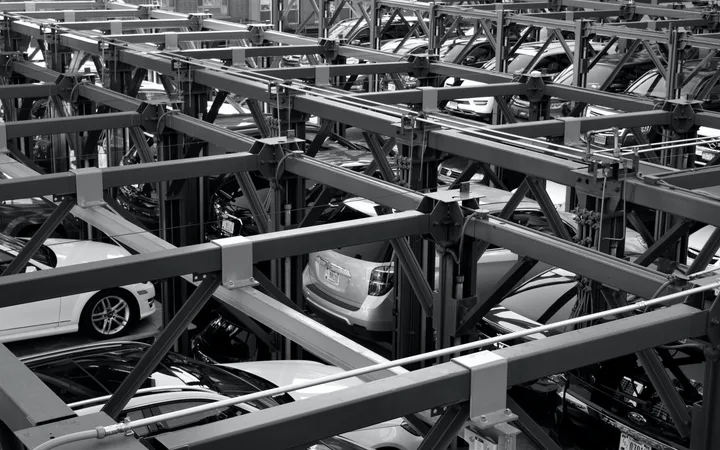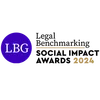Cars made of graphene (well, almost!)

We recently discussed the commercial potential of graphene and the importance of obtaining protection for innovations which are based on the myriad properties of this unique material. #
Since its identification at The University of Manchester in 2004, graphene has gone from a laboratory wonder material to one which can be commercially fabricated. The commercial fabrication of any material is often seen as the main obstacle to its use in commercially available products.
Many applications of graphene have been identified. It is thought to have application in medicine, electronics, light processing, energy generation and storage, sensing, environmental filters and many other fields. This is due, in no small part, to being the strongest material ever tested — yet with efficient heat and energy conduction and transparency.
A car made of graphene? #
One of the sectors where this material is attracting interest is the automotive sector. Now, a car made of graphene would be the very definition of blue sky thinking. But this should not stop graphene being used to construct various vehicle features.
The vehicles we use every day are being increasingly driven by electronics, sensors and the desire to be lightweight — all whist maintaining a certain strength. Modern vehicles also need to rely increasingly on other sources of fuel and become more efficient in the energy they use. This makes the automotive sector, and the applications of graphene, natural partners in a future where electric and autonomous vehicles will be the norm.
Lightweight components #
The University of Sunderland has recently published work which identifies graphene as an element that can make bodywork components on cars, such as bumpers. These can be made up to 40% lighter while maintaining the same strength. This is achieved by mixing graphene with carbon-fibre-reinforced epoxy resin. This will reduce the weight of a vehicle, decreasing the amount of energy needed to propel it — a winning formula, as we all seek to reduce our carbon footprint.
Batteries #
Graphene has also been used with silicon to make a lithium-ion battery which charges in just 15 minutes, and lasts one week on a single charge.
One of the often quoted obstacles to the proliferation of the electric vehicle is the impact on infrastructure, due to load-balancing issues with the electricity grid. If such a battery is to be used to power an electric vehicle, this will surely go some way to addressing certain problems, as cars powered by such batteries will likely not need to be charged every day.
Dashboards #
The high electrical conductivity and optical transparency of graphene make it a useful material in the configuration of user interfaces, where touchscreens and liquid-crystal displays (LCDs) are often used. Such interfaces are now finding their way into the dashboards of many vehicles where the user interface presented to the driver is becoming just as important as the performance of the vehicle.
The amount of content delivered to vehicles is only expected to increase. Indeed, Amazon and Google are thought to be developing products in the autonomous vehicle space, as users are expected to increasingly view content on-the-go. Another outstanding property of graphene, its flexibility, has been shown to have application in making screens which can fit over curved surfaces. This means that the entire vehicle can become a space for viewing content without the traditional constraints associated with the shape of the dashboard.
A catalyst for innovation #
Now, these are just a few of the many applications where graphene can be the catalyst for innovation in the automotive sector.
Other applications have been identified, including energy-efficient, heated car seats; the use of graphene-based nanocomposites for graphene sensors; and graphene-based sensors for pollutant detection — and this is by no means an exhaustive list.
Patent protection #
Obtaining patent protection is essential in deriving financial gain from any innovations that use the properties of graphene. The desire to use this fascinating material means that patents can be an important commercial tool in generating income from your invention and maximising the return from the considerable R&D that goes into developing these products.
We have automotive and materials specialists who can work together to make sure that any inventions where graphene is used in a vehicle can be suitably protected.
For more information on how you can protect your invention, please get in touch with us.




















